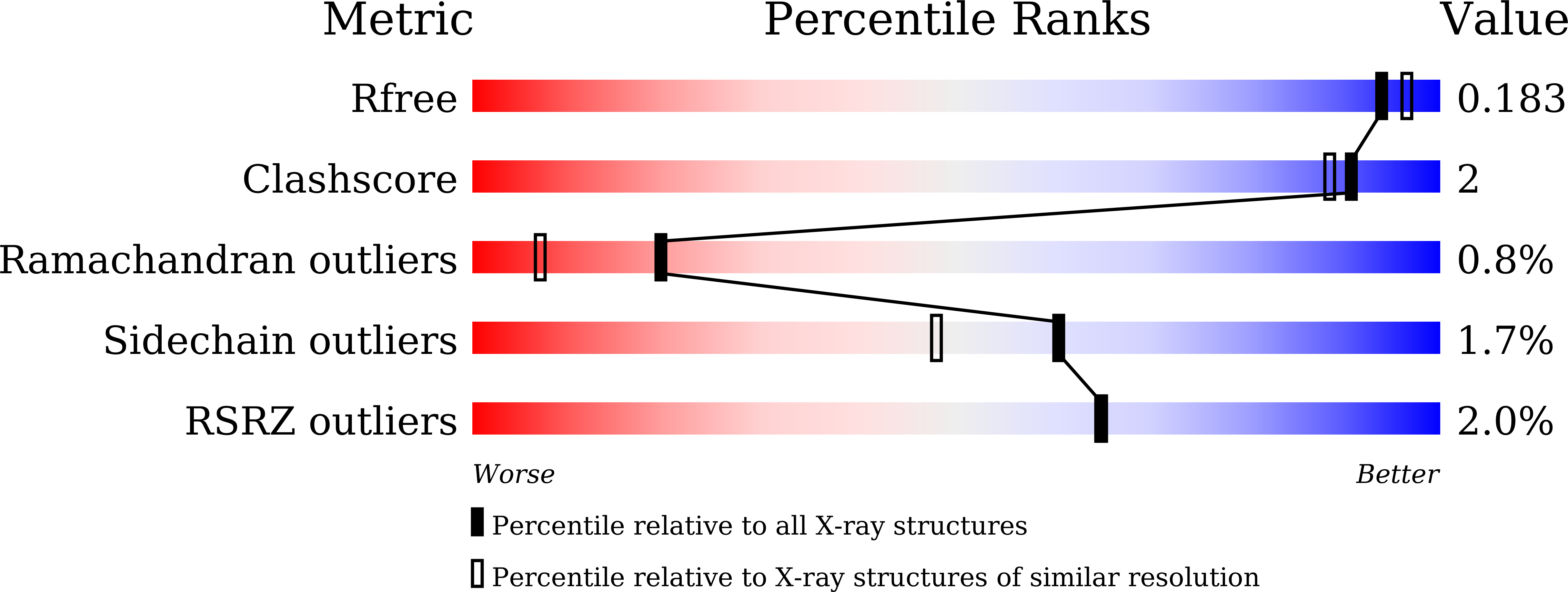
Deposition Date
2021-03-30
Release Date
2022-04-06
Last Version Date
2023-11-29
Entry Detail
PDB ID:
7EI3
Keywords:
Title:
Crystal structure of MasL, a thiolase from Massilia sp. YMA4
Biological Source:
Source Organism:
[Empedobacter] haloabium (Taxon ID: 592317)
Host Organism:
Method Details:
Experimental Method:
Resolution:
1.78 Å
R-Value Free:
0.18
R-Value Work:
0.12
R-Value Observed:
0.13
Space Group:
P 1


